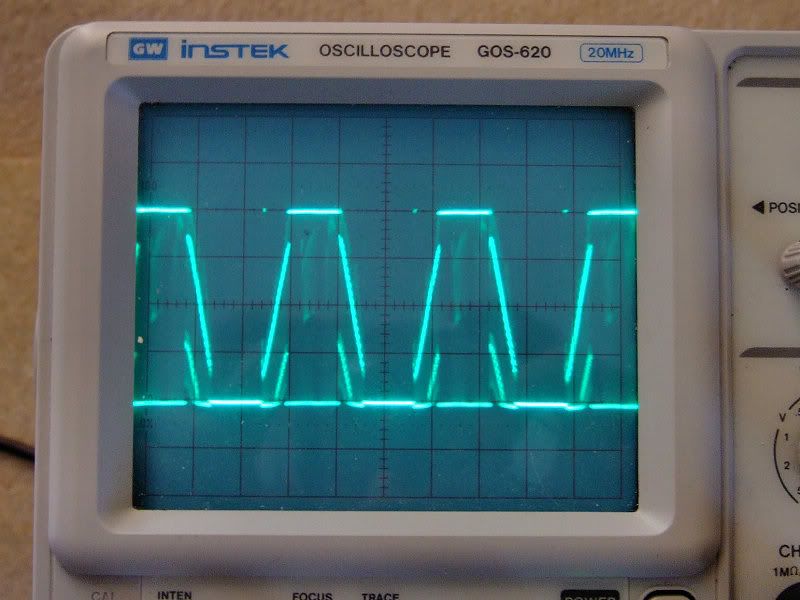E-Crazyman responded to my question about defaults and promised to send them over so while I wait I tried some out.
These are the settings in Parameter Designer that I ended up with yesterday. More experiment is needed as I'm concerned about the phase current.
The meaning of these settings can be found over on ES:
Endless-sphere.com • View topic - Keywin E-bike Lab Parameter Designer Software Manual ver 1.2
A brief run through on the settings of interest....
Select your board type, this version of the PD s/w is for the 116 controllers, the Infineon 8xx series is catered for in another version.
The key settings are Phase and rated current. Rated Current sets the maximum draw from the battery and offers a crude current limiter to protect your battery if it has a poor discharge rating or if you use a BMS with current limitation.
The Phase Current is the so called 'current multiplier'. At partial throttle under PWM conditions each phase of the motor will see a higher current than is drawn from the battery, this is due to the way PWM and the throttle works: Power in roughly equals power out/work done minus losses, if the voltage is halved to the motor then the current doubles to maintain the same power. The setting offers a crude way to limit this current, the recommendation on ES seems to suggest that this is set to 2~2.5x the rated current, however, they seem to be using low RPM direct drive motors.
For the Bafang motor I have my suspicions that this is too high as I found the controller getting noticeably hot even on a short ride, 1.5~2.0x maybe better.
Voltage limit sets the controller Low Voltage Cutoff(LVC). The 20% shifted figures in the ES link above are for the older 8xx controllers and only apply to the high current/voltage modified ones, standard controllers use the PD s/w settings as is.
Tolerance is how much the batt voltage needs to recover by after LVC is hit.
EBS is to do with Regen voltage, not possible with the geared Bafang motors.
Block time removes the current limiting for X number of seconds for fast take off.
1:1 Design changes the way the Pedelec works, Fast = crank / pedal rotation noticed quickly and motor cutoff after crank pedal has stopped takes a number of seconds. Slow = crank / pedal rotation takes a while to get noticed but motor shuts off quickly when rotation has stopped.
Limit speed works in conjunction with Speed2. Speed2 is the default speed setting if no 3 way switch is installed.
Speed1 = Low, speed2 = Medium, speed3 = High
Speed mode afects the operation of the 3 way switch. Switch mode = change speed settings on the fly whilst riding, Cycle mode = switch setting only read when controller is first powered on, so to change setting you must cycle the controller power.
Setting the speed1/2/3 to over 100% switches off current limiting and puts the controller into block commutation mode. I set speed3 to 110% and found that the current draw from the battery was unlimited noticing a 27amp peak draw on my short test route. At 100% it was limited to 20amp or so as per the setting. At 110% in high mode I gained approx. 1.5mph more speed with pedal assistance, the down side is the increased Wh / mile and stress on the controller. More testing later today if I get the chance.

















